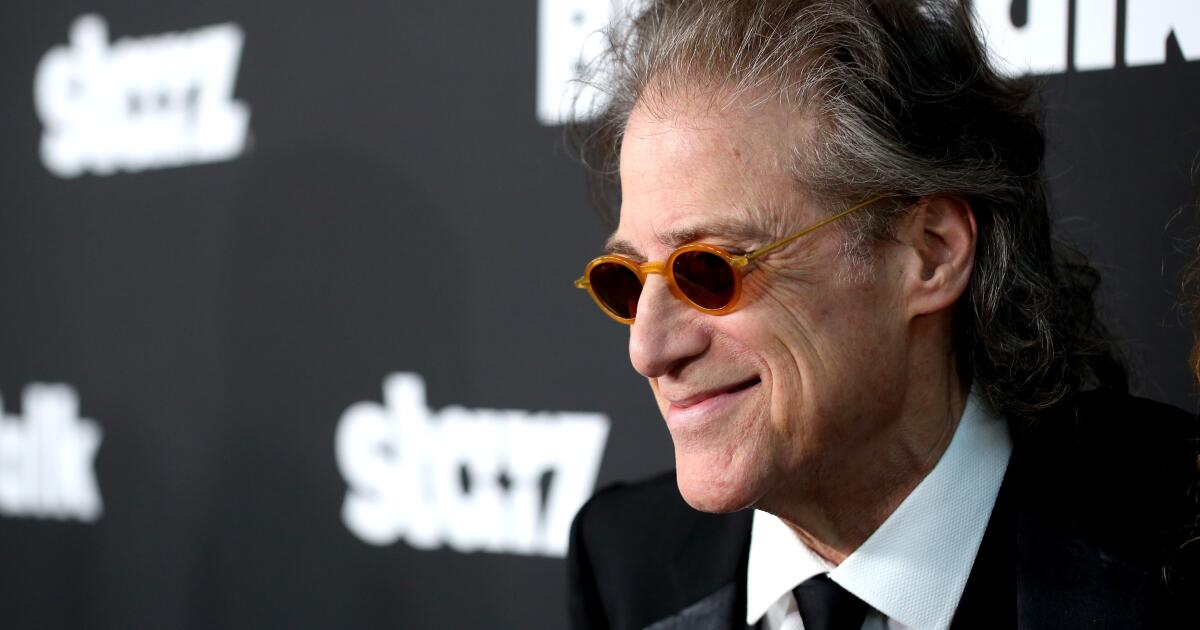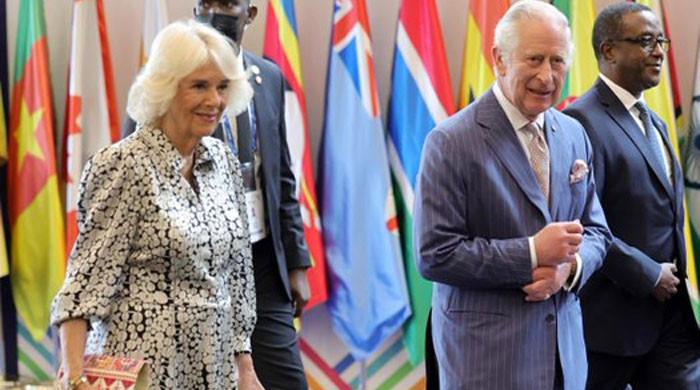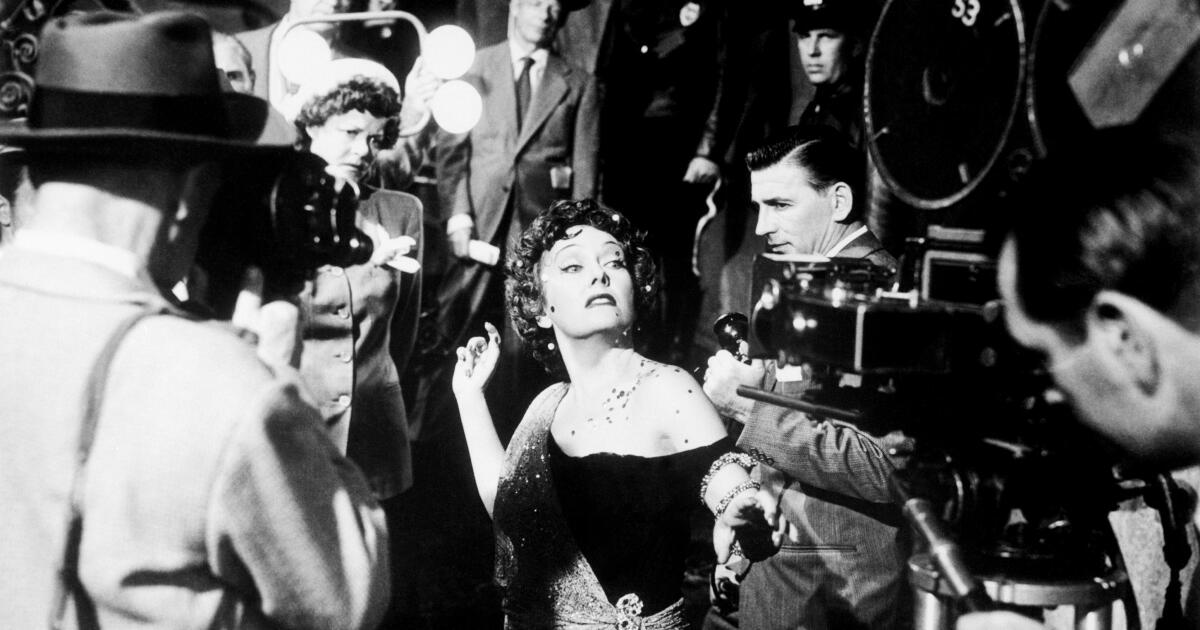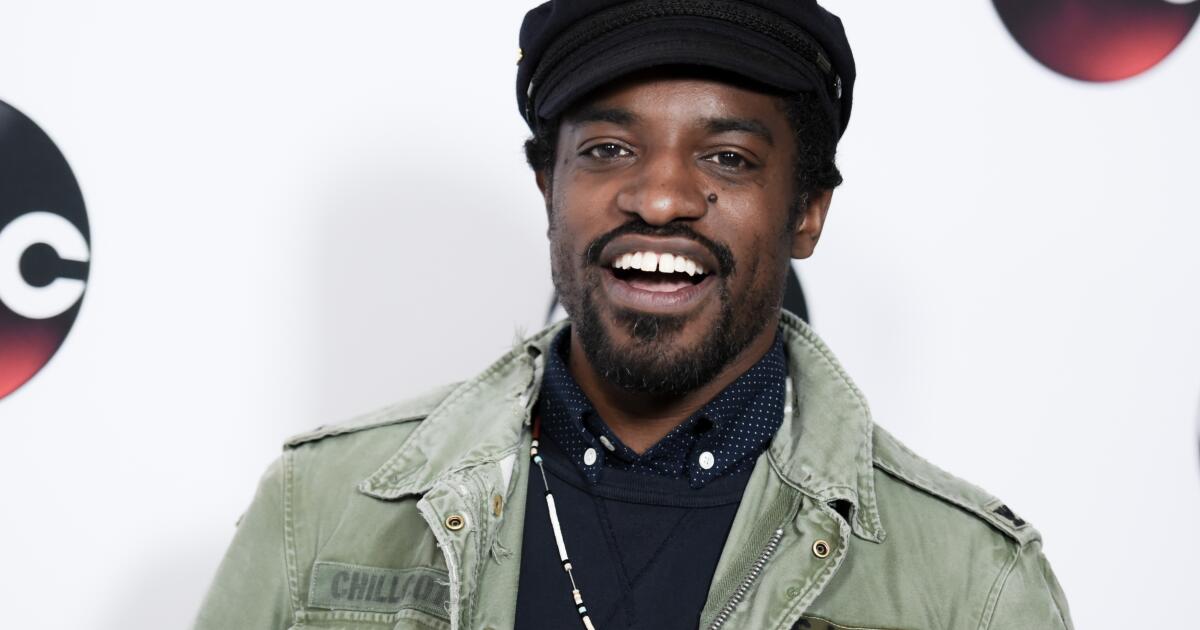As legend has it, Paramount Pictures’ iconic star-shaped mountain logo was born in 1914 from a simple napkin drawing by co-founder W.W. Hodkinson, inspired by his childhood memories of Utah’s majestic peaks. The fledgling company’s name, so the story goes, was taken from a sign on the side of an apartment building. From such humble beginnings, Hollywood’s oldest film studio would eventually become known as The Mountain.
In recent years, this once-great summit has suffered considerable erosion as Paramount has fallen behind its studio rivals and struggled to adapt to the advent of streaming. Still, with a storied plot of land in the heart of Los Angeles and a stable of hit franchises including “Mission: Impossible,” “Transformers” and “Star Trek,” the Mountain remains a vital piece of Hollywood worth billions of dollars, part of a media empire that also includes CBS and cable networks like MTV and Nickelodeon. In an era of increasing consolidation, the question was not so much if Paramount would be sold but when and to whom.
With the recently announced acquisition of Shari Redstone’s holding company, National Amusements Inc., by tech scion David Ellison’s Skydance Media in an $8.4 billion deal, the Mountain is now under new management. Now, Paramount Pictures will embark on the next chapter of its storied history at a time of profound existential anxiety and uncertainty for the movie business as a whole.
“Given the changes in the industry, we want to strengthen Paramount for the future while ensuring that content remains king,” Redstone, chairman of Paramount Global and chief executive of National Amusements, said in a statement announcing the deal Sunday. “Our hope is that the Skydance transaction will enable Paramount’s continued success in this rapidly changing environment.”
For many in Hollywood, the Skydance acquisition comes as a relief, given that the studio's other bidders, Sony Pictures Entertainment and Apollo Global Management, were expected to cut jobs and further reduce the pool of buyers.
Still, Paramount's future as a movie studio remains uncertain. Ellison, who will take over as studio chairman, will inherit not only its treasures but also its financial problems, which have steadily increased during the nearly 40-year reign of the Redstone family.
The studio has already lost much of its former luster, said Stephen Galloway, dean of the Dodge College of Film and Media Arts at Chapman University.
“The Redstones took over one of the great palaces of the industry and now they have to let it go because they couldn’t afford to keep it,” Galloway said. “It’s goodbye to the butlers, the maids, the valets, the chauffeurs and the gardeners. Can anyone else keep the palace going? I don’t know. Hopefully David Ellison will have a way to do it. But the movie business itself is not sustainable.”
Director Alfred Hitchcock on the set of the 1958 thriller “Vertigo,” one of several films he made for Paramount Pictures.
(Baron / Getty Images)
Despite all the ups and downs and changes of ownership at Paramount Pictures over the years, its history remains inextricably linked to that of Hollywood itself.
Paramount Pictures, which traced its origins to 1912 through the merger of Adolph Zukor’s Famous Players Film Co., Jesse L. Lasky’s Feature Play Co. and the Hodkinson distribution company, helped lay the foundation for the nascent movie business. Its first major hit, Cecil B. DeMille’s 1914 silent Western “The Squaw Man,” was one of the first feature films shot in Hollywood. From the beginning, the studio was at the forefront of technological innovation, helping lead the transition out of the silent era with the 1927 World War I film “Wings,” which was released with a synchronized soundtrack and sound effects., and later adopting the Technicolor and widescreen formats.
During the industry’s golden age, Paramount produced a steady stream of hits and established a star-studded cast, including Marlene Dietrich, Gary Cooper and the Marx Brothers. As a brand, Paramount was associated with class and prestige; in fact, at the first Academy Awards ceremony in 1929, Paramount’s “Wings” took home the award for best picture.
In his influential history of Hollywood’s Jewish founders, “An Empire of Their Own,” author Neal Gabler wrote that Paramount films of the 1920s and ’30s “purred with the soft hum of sophistication… The studio reveled in its own daring, discrimination, taste and enthusiasm.”
“I’ve been to Paris, France, and I’ve been to Paris, Paramount,” director Ernst Lubitsch, who helmed a number of musicals and comedies at the studio in the 1930s, once joked. “And, frankly, I prefer Paris, Paramount.”
In 1948, Paramount suffered a major blow when the Supreme Court ruled against the studios in an antitrust case brought by the U.S. government. Along with its rivals, Paramount was forced to divest itself of its film operations and end the practice of vertical integration that had allowed it to control production, distribution, and exhibition. The decision, governed by agreements known as the Paramount Decrees, virtually drove a stake through the heart of the old Hollywood studio system and crippled Paramount's business.
By the mid-1960s, the studio, after being acquired by oil and manufacturing conglomerate Gulf + Western, began a turnaround under the leadership of former actor Robert Evans. As Evans wrote in his memoir, “The Kid Stays in the Picture,” when he took over as head of worldwide production in 1966, “There were eight major studios at the time, and Paramount was the ninth.”
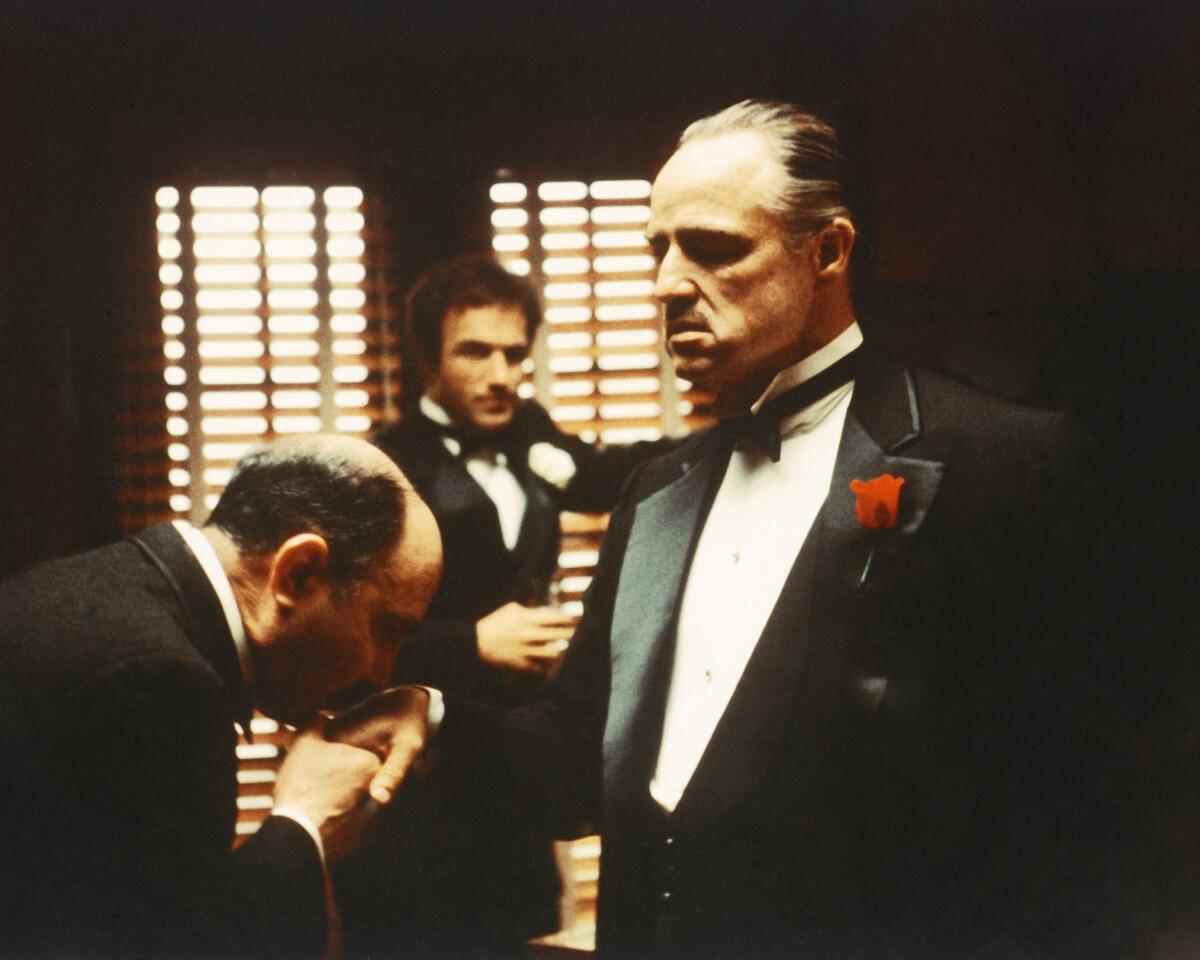
Salvatore Corsitto, left, James Caan and Marlon Brando in Francis Ford Coppola's “The Godfather.”
(Silver Screen Collection / Getty Images)
Within a decade, Evans had reversed the studio’s fortunes and redefined its image with a string of critical and commercial hits, including “Rosemary’s Baby,” “Love Story,” “The Godfather” and “The Conversation.” In 1975, at the height of the Evans era, Paramount dominated the Oscars with 43 nominations, led by “Chinatown” and “The Godfather Part II,” a record for a single studio.
As the creative ferment of the 1970s gave way to the more corporate culture of the 1980s, Paramount found success by leveraging its “Star Trek” television series to create a series of films and spawning new franchises from hits like “Raiders of the Lost Ark,” “Beverly Hills Cop,” “Friday the 13th” and “Airplane!”
Under the leadership of Sherry Lansing, who became the first woman to head a major studio in 1992, Paramount leaned further into mainstream-appeal productions like Brian De Palma’s 1996 action hit “Mission: Impossible,” which kicked off a valuable franchise that continues to this day, and James Cameron’s 1997 blockbuster “Titanic,” co-financed by 20th Century Fox, which became the highest-grossing film of all time, a record it would hold for more than a decade.
“In the 1970s, Paramount was known as the vanguard of a new generation of filmmakers, but Sherry had a very broad, commercial and conventional taste,” said Galloway, who wrote a biography of Lansing in 2017. “She liked character-driven dramas like ‘Fatal Attraction,’ which she had produced, and big, bold, crowd-pleasers like ‘Titanic,’ ‘Forrest Gump’ and ‘Braveheart,’ all of which won Oscars.”
In the years that followed, as the media and entertainment landscape began to fragment, Paramount developed a reputation for aggressive cost management under studio chief Brad Grey and the corporate overlords of Viacom Inc. under Sumner Redstone, who took over the studio in 1994.
Paramount made big bets on Michael Bay’s Transformers movies and Marvel comics-based films like Iron Man and Captain America: The First Avenger, but otherwise its offerings began to dry up. While frugality helped boost margins, it also made Paramount less attractive to some Hollywood talent.
Over time, as the studio tried to adapt to changing consumer habits and a volatile streaming landscape, Paramount became a bit of a sideshow. The studio hasn’t topped the U.S. box office charts since 2011, when it grossed $1.96 billion in domestic revenue, and the Paramount+ streaming service has struggled to compete with competitors like Netflix and Disney+.

One of Paramount's key stars, Tom Cruise, in a scene from the 1996 hit “Mission: Impossible.”
(Murray Close / Paramount Pictures)
To pull off Skydance’s acquisition of Paramount, Ellison — who has produced a string of blockbusters for the studio, including the 2022 hit “Top Gun: Maverick” — presented the board and shareholders with a plan to pay down debt, restructure costs, invest further in the film studio and better leverage data and analytics to compete in the streaming market.
But for all the resilience the studio has shown over its 100-plus years of existence, the challenges ahead are more daunting than any it has faced before, and the Mountain is unlikely to cast as large a shadow as it has in the past. With box office takings for the film industry down across the board this year, the studio has just one film on its docket this summer, the prequel “A Quiet Place: Day One,” which debuted last month to a franchise-record $53 million.
Even with Paramount's legacy, the path for a traditional movie studio has become more tenuous in the streaming era.
“Look at MGM: What was once one of the most famous studios in Hollywood is now part of Amazon with no brand identity,” Galloway said. “I hate to say it, but that could be the next step for Paramount. At some point, it could be the prelude to being sold to a much larger corporation because these companies need a lot of money to compete in streaming or they’re lost.”
As fading silent film star Norma Desmond famously says in 1950’s “Sunset Boulevard” — one of the many gems in the Paramount library — “It’s the movies that got small.”


